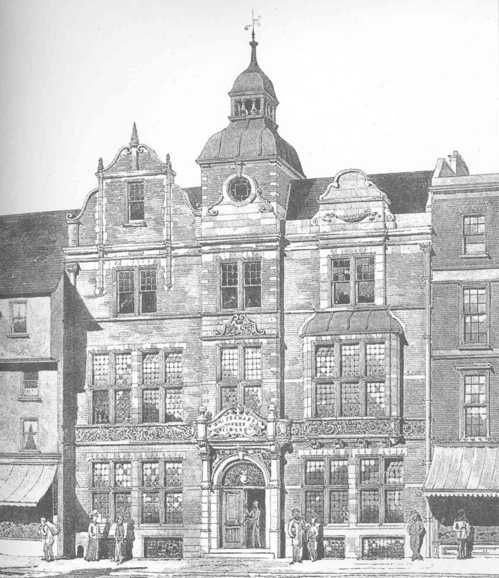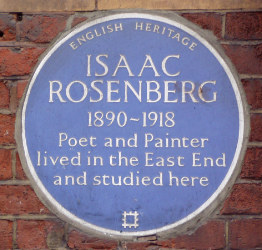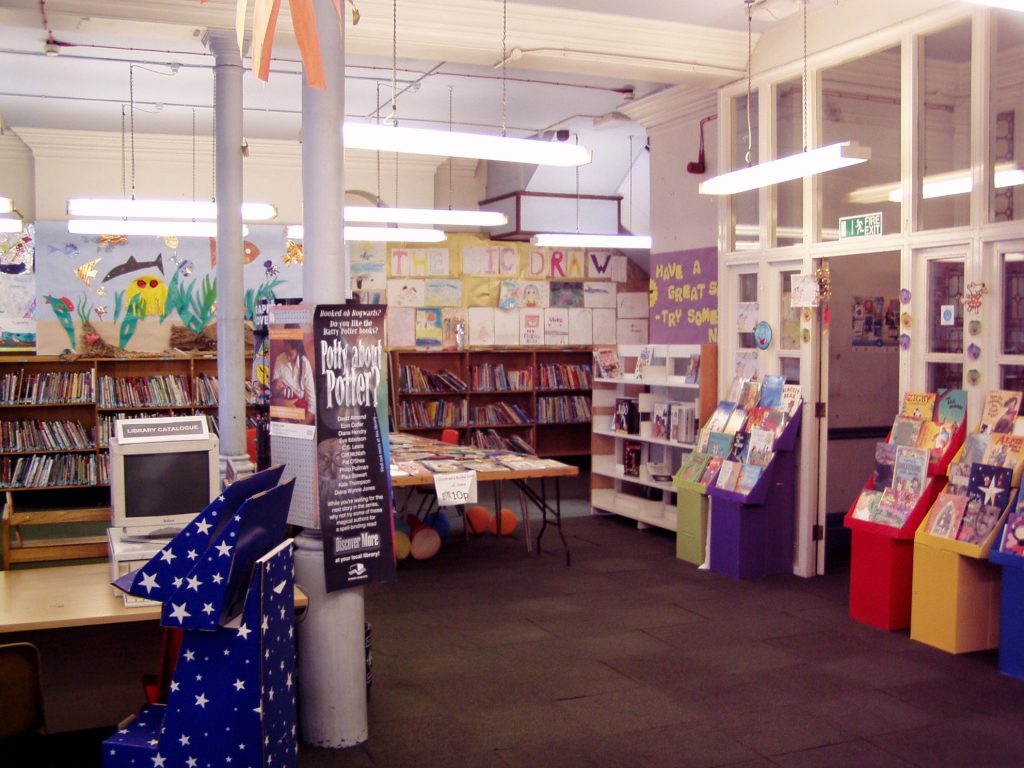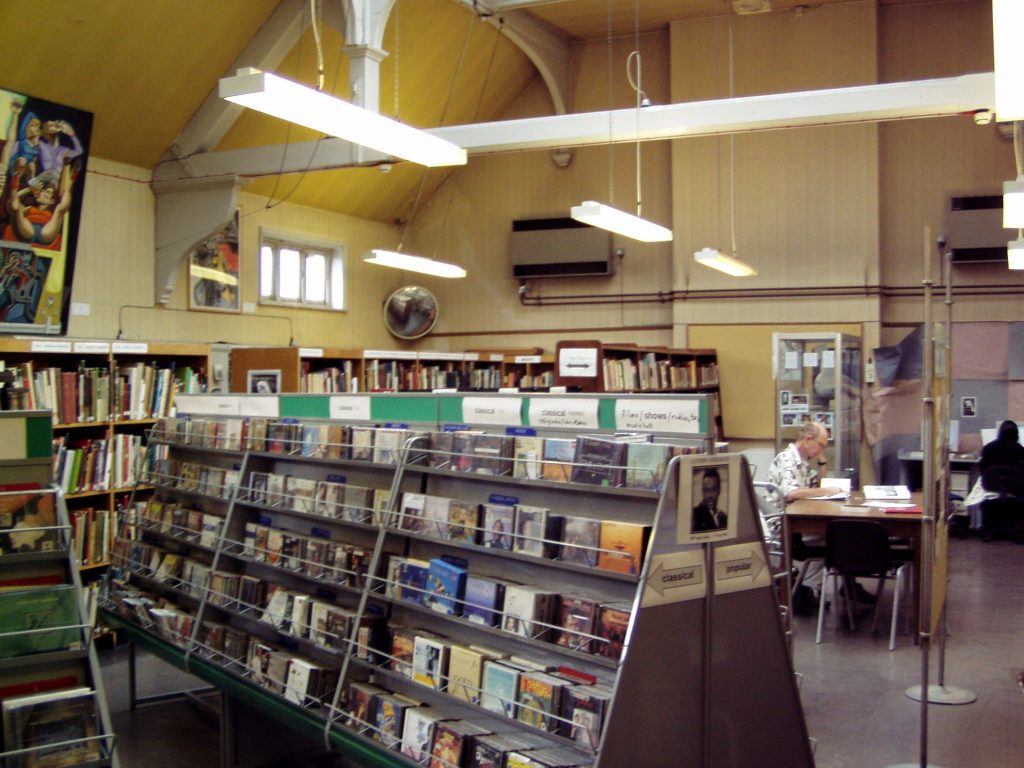The first of the Passmore Edwards Libraries to be built in London, and the first rate supported library in the East End, was the Whitechapel Library.

History
Canon Samuel Barnett, and his wife Henrietta, had moved to St Judes’ Parish, Whitechapel in the 1870s, an area of appalling poverty, poor housing conditions and overcrowding; mostly involving Jewish immigrants from Eastern Europe. The Barnett’s set about improve the conditions of their parishioners. Barnett campaigned for adoption of the Free Libraries Acts and a poll in 1889 voted by nearly 4 to 1 in favour. At the first meeting of the Library Commissioners, in January 1890, Barnett reported that he had collected promises of £4,500 towards the library and a suitable site was obtained on the High Street; the busiest part of Whitechapel., The foundation stone was laid by the Lord Mayor in July 1891.
When the vicar of St Paul’s, Dock St, offered his entire collection of relics, fossils and works of art, some very rare and valuable, as a nucleus of a museum, ‘if proper accommodation could be provided’, the architects were asked to amend the design. The building was almost complete when Canon Barnett invited Passmore Edwards to view it, hoping to obtain a donation that would close the shortfall on the required funds. Edwards was sufficiently impressed to later write ‘I cheerfully comply with your request and relieve you of the difficulty which presses upon you by paying the entire cost of the building … . I do this not merely from a sense of duty, but because I think it is a distinguishing privilege to assist in lightening and brightening the lot of our East End fellow citizens’. Included was a cheque for £6,454 to which he added the offer of a thousand books.
The library, designed by Edward and William Potts, and Arthur Hennings, set the pattern for East End libraries, which, though by different architects, are similar in their domestic scale and the general seventeenth century asymmetry.

By May 1892 the Reading Room was open and the official opening of the library, by Lord Rosebury, took place in October. In the week prior to the opening more that 2,500 were using the reading room daily with another 1,264 on the Sunday. Hundreds of other books were to be donated, even before the library opened, including a copy of the Koran. During the first year more than 2,500 residents registered as members and for many the Whitechapel library, soon to be known as the ‘University in the Ghetto’- promoted by its librarian, Morley Dainow, was the only means of getting an education. Members in those early years included First World War poet Issac Rosenburg who perished on the Somme, Jacob Epstein, the sculptor responsible for the work representing St Michael at Coventry Cathedral, and historian Jacob Bronowski, creator of the TV series, the Ascent of Man. Playwright Bernard Kops wrote about the Whitechapel library – ‘the door of the library was the door into me’.
From the beginning Hebrew books and papers were provided, the library later holding the largest collection of Jewish books in any UK public library. By 1910 a Hebrew assistant, Mr Bogdin, was appointed to manage the collection of books in Hebrew, Yiddish and Russian, a collection that remained in the library for 70 years. Loans peaked in 1937 at 18,000 volumes but in 1970 Indian language books were added to the catalogue for the first time and soon outnumbered Hebrew and Yiddish issues.
Always at the forefront, as the immigrant population changed so did the library’s membership and the library was the first to stock Somali texts.
The Whitechapel library, like several in London, was damaged during the air raids of World War Two, the upper floor being completely burnt out and not reopened until 1955. It also stands not far from the site of the Brick Lane restaurant bombing, of 1999, and the Tube bombers target at Aldgate in 2005. Though escaping these threats to its existence the building could not escape the march of progress and closed its doors in August 2005, the library moving to a new building in front of Sainsbury’s – The Idea Store.The opportunity was taken to restore the building and create an extension of the adjacent art gallery.

